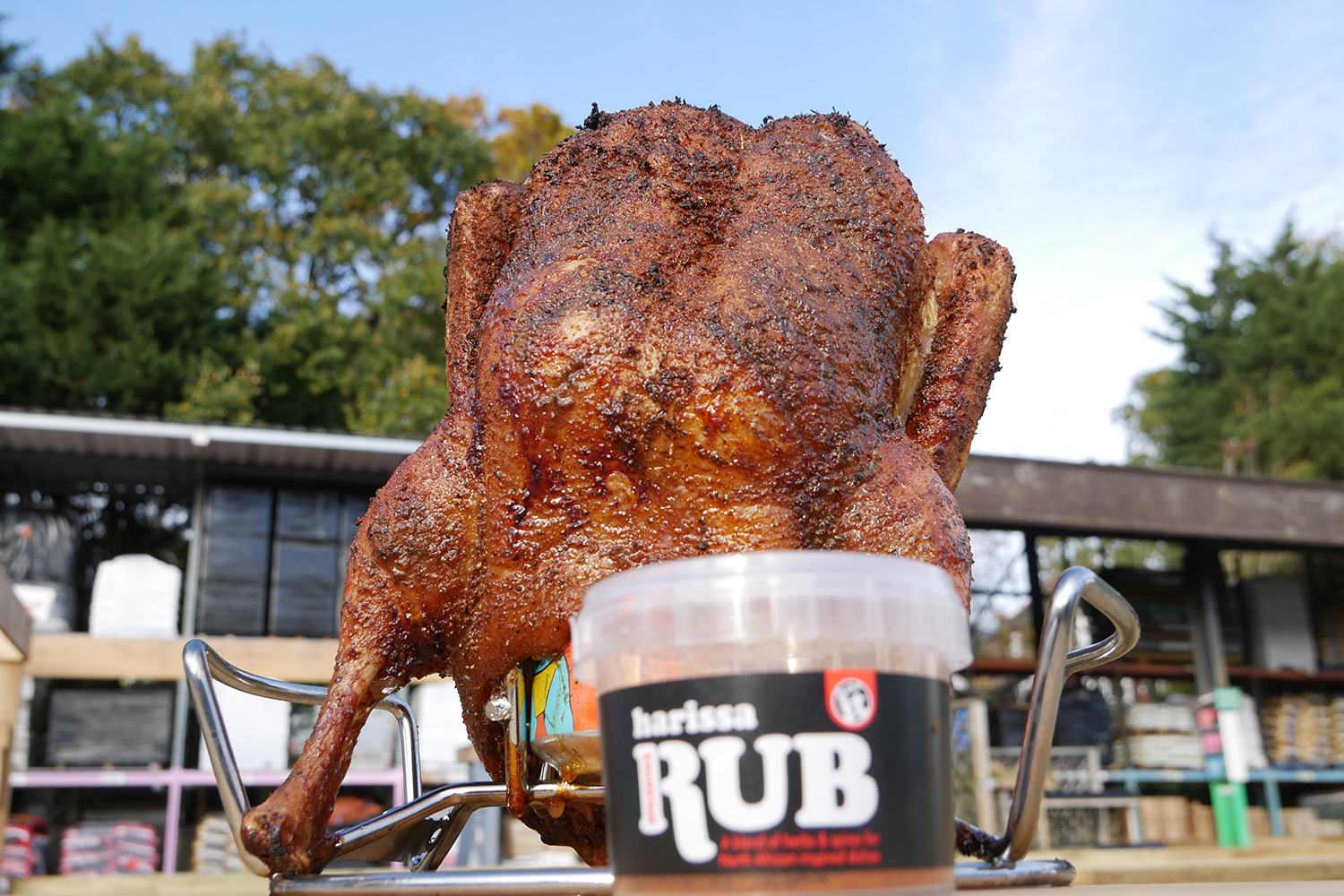
You may want to consider buying a different grill oil than the one you normally use on your barbecue. There are many things you should consider when selecting a barbecue oil. However, it is important to ensure that the product will not cause damage to your food. When oil is heated, it should be easy to move. You also need to think about how much time you're willing to spend cooking your meals.
Before you start grilling, oil your grill grates. Several types of vegetable oils are available in the market. You can use coconut oil, peanut butter, or canola oils. Spray-cans are also available for vegetable oil. Once your grates have been cleaned up, you can apply the oil using a paper towel. This process should be repeated once or twice per month to ensure an even layer. Once the grill is clean, apply oil to the grate.

You must season the oil before using it. It is important to select an oil with high smoke points. Avocado oil is the best choice for grill grate oils. It only has 14 grams of saturated cholesterol. The oil should be kept in a cool, dark area. Corn oil is an alternative to grill grate oils. This product is cheap and has a neutral flavor. This product should only be purchased if it will be used for a very long time.
The best grill oil is the one that has high smoke point and a higher percentage of polyunsaturated fats. It tastes great and will not alter the taste of your food. It will also prevent fish sticking to the grates. However, after several months of storage, oil may smell rancid to some customers. You should ensure that the oil is stored properly. Make sure you only purchase the oil you require when buying it.
Canola oil, the best grill oil for high temperature cooking, is recommended. Canola oil has a high smoking temperature and is perfect for grilling. It can also be used to saute meat. It has a neutral taste and is a great alternative to other types of cooking oil. Canola is an excellent choice for anyone who is concerned about their health. It is light in flavor and good for your heart. And it is also a great choice for high-heat grilling.

The best oil for grilling is the one that can be used on your barbecue. It should be able to withstand high-temperature cooking. It is best to apply a small amount and wipe it all over the grates. You should not use too much oil as it can cause flare-ups. You should choose a high heat-resistant oil if you need a grill oil. This oil is sufficient for most uses. It will not affect the cooking temperature.
FAQ
What equipment do I need to cook?
No, you don't need any special equipment to learn to cook. However, having the right tools can make cooking easier. To make pasta easier, you can use a knife to cut the pasta and a whisk to whip up egg whites to stiff peaks. It makes cooking much easier and quicker.
How can leftovers be stored in the most efficient way?
Tupperware containers are a good choice for leftovers. These containers preserve food freshness and stop odors from developing. These containers keep food warm for longer periods of time. Leftover food can be frozen in freezer bags. You can freeze leftover food by placing it in another freezer bag. This will prevent any air from escaping. Once food has been frozen properly, seal it with a ziplock bag.
How long does it take to become chef? What is the average career path?
It takes five years to become a chef. You will learn basic cooking techniques, and get experience as a chef assistant. You can apply for line, sous or executive chef positions after you complete your training. The annual average salary of a chef is $25,000-$60,000.
How can I learn more about cooking?
Cooking classes are available throughout the country. You can find courses in baking, pastry and wine tasting at many schools. If you're interested in learning more about baking, you can either enroll at a community college or vocational school. Or you can attend a private class.
Statistics
- The median pay for a chef or head cook is $53,380 per year or $25.66/hour, according to the U.S. Bureau of Labor Statistics (BLS). (learnhowtobecome.org)
- under 10 Kids have been taught that there is special food just for them, and Fiese says that 10 percent of kids will throw a tantrum if they don't get the food they want. (washingtonpost.com)
- According to the BLS, chefs earn $58,740 a year. (learnhowtobecome.org)
External Links
How To
How to make Apple Pie
Making apple pie involves many steps. The first step is to wash the apples; then, peel them and cut them into small pieces. Then, add sugar. Mix everything together and place it in an oven at 350°F for 15 minutes. Let the mixture cool in the oven for 15 minutes, then add the cream to the top. Finally, you sprinkle some powdered sugar on top and serve it.